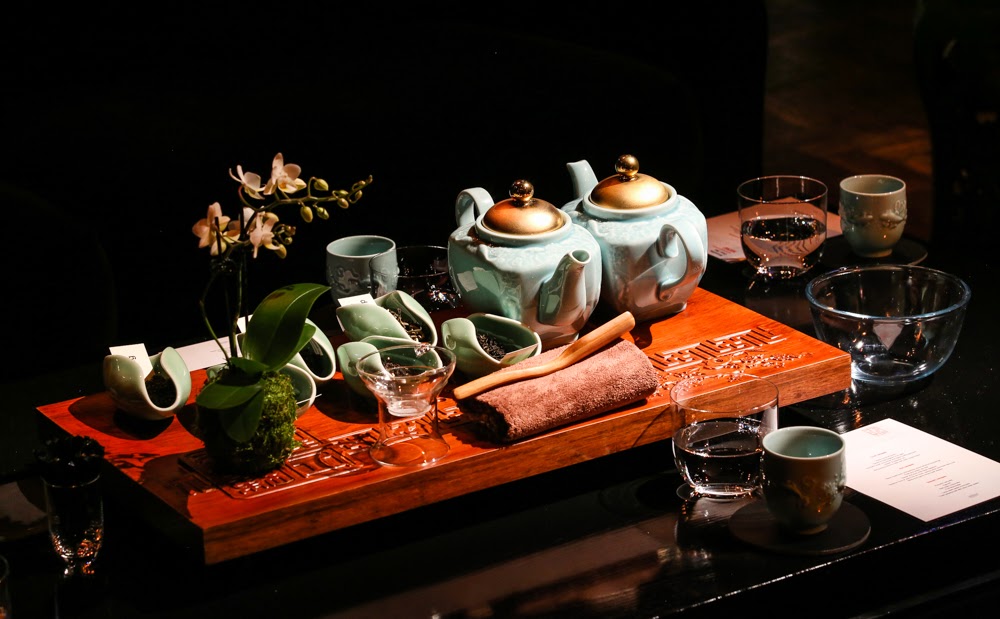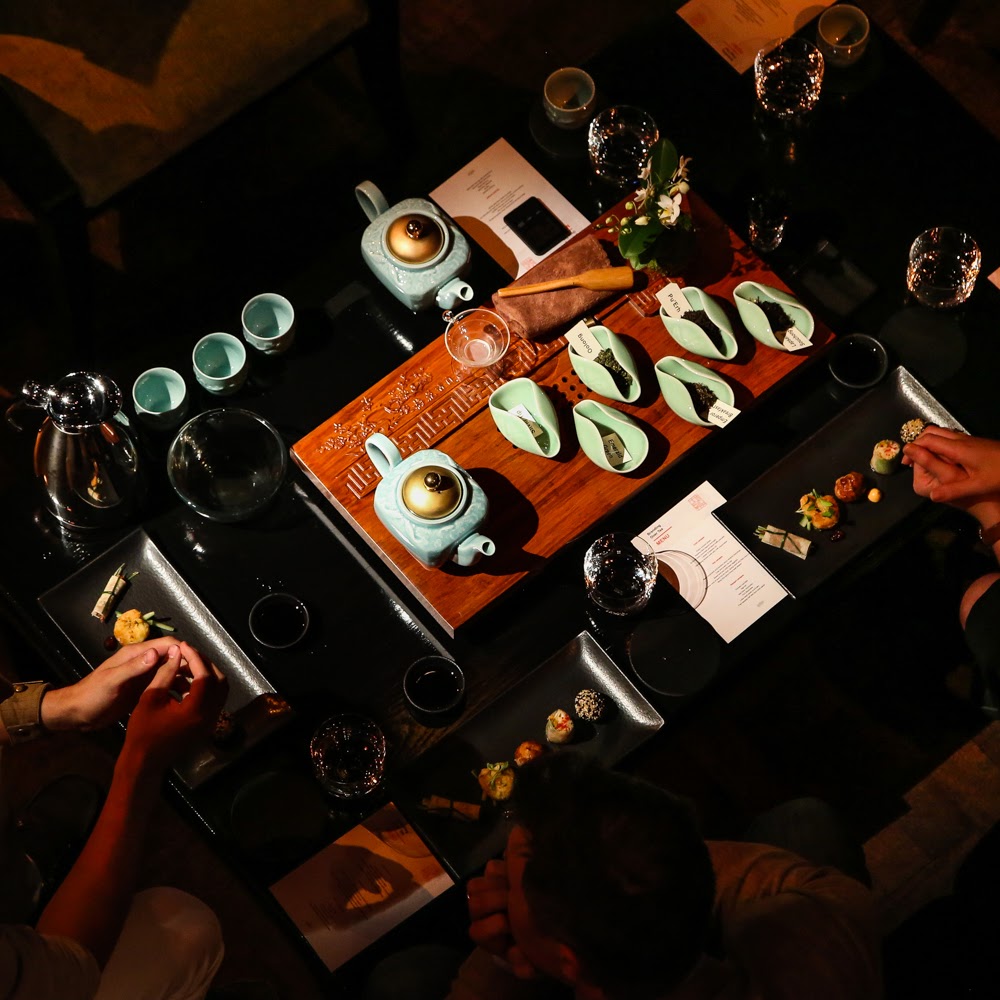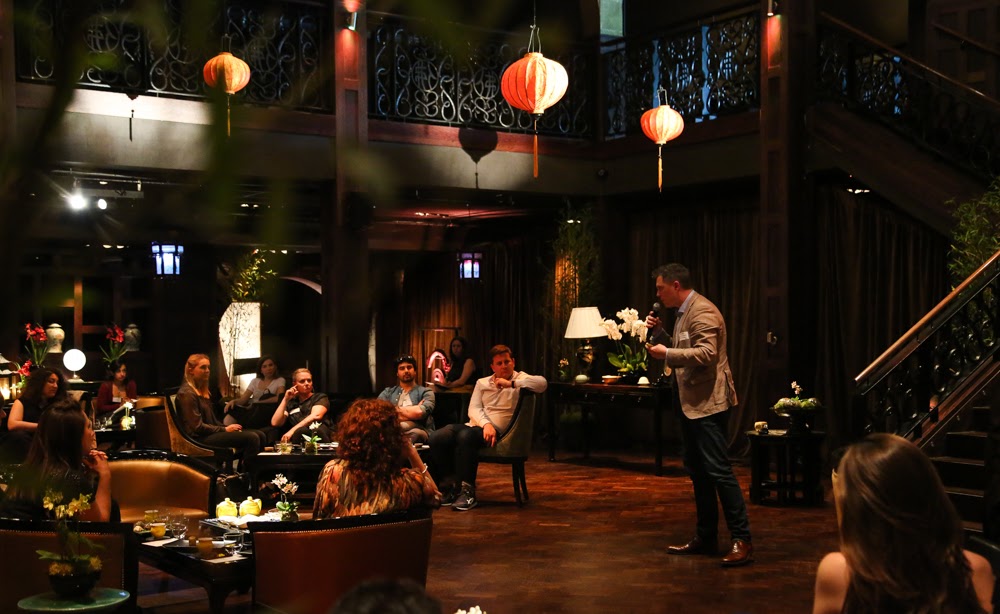
Branding conversations nowadays revolve around putting the customer – and her experience – at the centre of everything we do. We strive to create a connection between a space, a product and a person – to understand the environment that a consumer is in and design her experience with a brand with authenticity and beauty. All of these are, and always will be, some of the core pillars of quality branding.
But they stem from deeper, cultural foundations that most of us never notice…
For thousands of years, tea ceremonies have stood as an emblem of culture – or, in China’s case, a means of spiritual awakening. The story of Tai Ping Hou Kui tea (also known as “monkey tea”) depicts this essence well: An old man walking about Taiping County discovered the body of a deceased monkey at the foot of a mountain and decided to bury it – decorating its resting place by planting tea trees. The following spring, the man returned to the burial to find that his few trees were now covering the entire mountain. “I give you these tea trees so that you may live well by cultivating them,” a voice whispered. The man, remembering the monkey, named the mountain Hou Gang (“monkey hill”) and the tea Hou Cha (“monkey tea”). It is still considered the “King of Tea” to this day.
Cultural aspects like the art of presentation, the meanings behind the rituals, and the sensation all intertwine to make tea ceremonies some of the strongest and deepest collective experiences. Tea traditions follow patterns that permeate the ceremony space and connect profoundly with all those in attendance. These traditions are simply some of the last standing examples the ancient world has to provide on the subject of branding – insights that all experience-creators can benefit from mastering.
Indeed, tea ceremonies hide many powerful messages. Masters of Chinese tea ceremonies convey these messages by following a strict set of six rules. For example, one rule gives prominence to the composition and aesthetic of the vessel from which the tea is served and, more importantly still, from which it is consumed. It brings to attention that certain materials react differently with particular teas or become shinier as you use them – a matter of delivery and presentation that bares a strong resemblance to how we cultivate and access brands via packaging, digital channels, or physical interactions.
There are also more subtle correlations. The act of brewing, for example, is a testament to the need for patience and evolution as we consider the design principles that we apply and brand experiences that we create. It reminds us of the value of quality over quantity, a cultural bearing that may seem somewhat forgotten, but holds true more today than ever before.
Continuing the metaphor of the tea being the brand, you will come to find that Chinese teas are each brewed in different ways. Some require teaware made out of specific materials, some must be brewed for minutes longer than others, and others have to be brewed at very specific temperatures. All of our brands are unique: each one has a story, a motivation, a purpose, and – most likely – some very passionate people behind it. And they cannot be treated the same. They cannot be cultivated, communicated, experienced in the same way.
Which begs the question: how do you teach others about branding if it requires such an innate sense of purpose and so much patience? Well, you do not try to tell them with slides, clickers, charts, and step-by-step approaches. Instead, you show them. You create smaller, more intimate occasions where experts and aficionados can speak freely about the elements that drive them. Better yet, you architect an experience that vividly communicates the pillars that are being discussed – leaving attendees with a feeling of understanding and involvement, a sense of learning by experience (which we all know is the best form).
This is exactly what we decided to do. Last month, Brandingmag (in partnership with Teastyle, Pearlfisher, Someone, and Mr. President) introduced a unique workshop style to the city of London. We transformed One Embankment into a luxurious lounge inspired by Chinese traditions and dedicated to passionate branding. There were multiple types of teas served (all brewed in their own ways), a bespoke menu, live music, and some of London’s top creatives as guest speakers.
These speakers drew parallels between the six rules of the Chinese tea ceremony and this year’s biggest branding themes… No slides, no clickers – just the honesty and humanity of experience.
1. Attitude and authenticity mean everything.
- In tea: One’s state of mind is considered sacred within the ceremony as it is an energy easily transferred to other guests. For this reason, one must breathe and relax – think positive – before and during each tea ceremony.
- In branding: Not only must you (your culture, your people) be clear in your convictions, but your vision has to be well-architected and stabilized around your potential, workforce, capabilities, and place in the market.
2. Don’t forget the ambiance around the interaction.
- In tea: Chinese tea ceremonies include artwork and decor that are meant to enhance the experience and relax guests – not to mention the need for a quiet and tidy ceremony space.
- In branding: Take into account users’ lifestyles, situations, the state of things in the world, everything of this sort in order to ensure that what you create fits within the context of both societal and natural circumstances.
3. The technique needs to be perfect.
- In tea: Along with one’s state of mind, a relaxed and graceful approach to serving the tea is also required. This includes everything from facial expressions and hand gestures to wardrobe.
- In branding: This is all about the people whose energies are going into the brand work. Are they motivated? Do they believe in the brand? Do they understand its purpose and the manner by which it needs to be handled?
4. Tea selection is highly important, both physically and spiritually.
- In tea: A combination of the physical aspects of a tea (its fragrance, taste, and shape) and its spiritual essence (its history, name, and origin) must be taken into consideration when selecting the perfect tea for each occasion.
- In branding: You can no longer create without heart, and you can no longer displace the soul of your work from the physical personification of it.
5. Water selection needs special attention.
- In tea: To ensure the quality of the drink and as a tribute to mother nature, only the purest water can be used to prepare Chinese teas. One can have the taste of leaves of the highest quality ruined by its combination with impure water.
- In branding: A great deal of consideration must go into the atmosphere of your brand experience, the places in which people encounter your work – including everything from packaging to marketing strategies.
6. The necessary tools are both practical and beautiful.
- In tea: To perform a quality ceremony, all tools and teaware must be both optimal for brewing each tea and aesthetically pleasing for the atmosphere desired.
- In branding: Think of your delivery and presentation as the teaware – the vessels that both cultivate and are used by consumers to access your brand. You must choose wisely, as there is a perfect space for everything.
And it doesn’t end there. While the Chinese tea ceremony stands as a pillar for quality and attention, there are several other rituals that have caught our attention. The Japanese, for example, can teach us a great deal about clarity and simplicity – two of branding’s favorite things. A Moroccan tea ceremony is vibrant and colorful, perfect for those looking to spark creativity in others. And lastly, one of our favorites, Russian tea ceremonies are all about the avant garde (a perfect representation of innovation and intrigue). This is what Branding Over Tea is about.
Photo credit: Matt Chung

